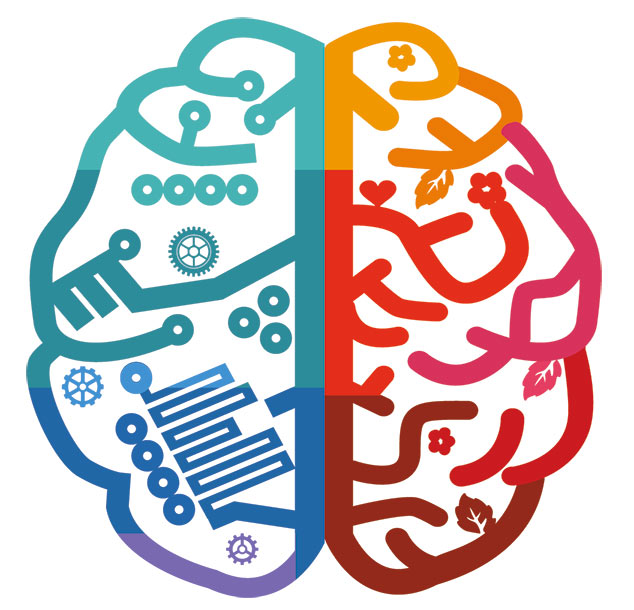

Preclinical neuroscience focusses on understanding basic mechanisms of anatomy, physiology and pathology governing brain function. Among these aspects, a large portion of research studies the output of all the integration at brain level which are expressed as behavioral phenotypes.
Several core labs serve “users” who want to phenotype their newly generated animal model with the aim of better describing the pathological conditions or better understanding the function of a specific gene for a given behavioral repertoire.
To this extent, home cage monitoring systems have gained increasing interest because the animals can be monitored 24/7 within a controlled environment with less artifacts (Such as personnel handling or a change in environmental conditions).
Two examples of how DVC® has helped to better describe the pathology, such as a stroke or describe symptoms of pathology are given below:
Open field did not identify changes in dietary induced stroke improvement, but DVC® did:
Hydroxytyrosol, the Major Phenolic Compound of Olive Oil, as an Acute Therapeutic Strategy after Ischemic Stroke
Presymptomatic detection of ALS in SOD mice:
A non-invasive digital biomarker for the detection of rest disturbances in the SOD1G93A mouse model of ALS
Phenotyping of mice:
Non-intrusive high throughput automated data collection from the home cage